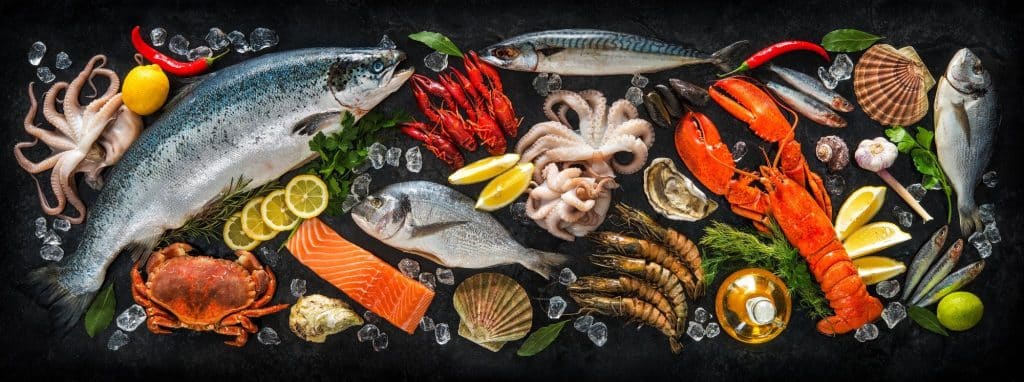Introduction
In today’s global marketplace, the frozen foods industry is a vital link in the chain of international trade, offering a plethora of options for consumers seeking convenience, quality, and variety in their diets. With advances in freezing technology and logistics, importing and exporting frozen foods has become a sophisticated operation that ensures the world can enjoy a diverse range of foods year-round. This article delves into five fresh insights that are shaping the frozen food trade industry.
The Evolution of Freezing Technology
The first key insight is the rapid advancement in freezing technology. Gone are the days of large ice blocks and simplistic freezing methods. Today, quick-freezing technologies like cryogenic freezing and blast freezing are revolutionizing how foods are preserved, locking in freshness, taste, and nutritional value as never before. These technologies not only extend the shelf life of perishable goods but also maintain their quality, making frozen foods more appealing to consumers and chefs alike.
The Role of Sustainability in Frozen Food Trade
Sustainability is becoming increasingly important in the frozen food sector. Consumers are more conscious than ever about the environmental impact of their food choices, including the sustainability of sourcing, packaging, and transportation of frozen foods. Companies that prioritize eco-friendly practices, from sustainable sourcing to minimizing waste and using recyclable packaging, are gaining a competitive edge. Furthermore, the frozen food trade offers the unique advantage of reducing food waste by preserving the longevity of produce and other perishable goods.
Navigating International Regulations
A third insight concerns the complexity of navigating international regulations in the frozen food trade. Importing and exporting frozen foods require adherence to a myriad of laws, standards, and certifications designed to ensure food safety and quality across borders. These regulations can vary significantly from one country to another, making compliance a challenging but essential factor for success in the global marketplace.
The Impact of E-commerce on Frozen Food Sales
The rise of e-commerce has transformed the way frozen foods are marketed and sold. Online grocery shopping and meal delivery services have seen a surge in popularity, offering consumers unprecedented access to a wide variety of frozen products. For businesses, this trend highlights the importance of developing robust online platforms and digital marketing strategies to reach and engage with consumers directly, expanding their market reach beyond traditional retail outlets.
Consumer Trends Driving the Frozen Food Market
Finally, changing consumer preferences and lifestyles are driving innovation in the frozen food market. There’s a growing demand for high-quality, gourmet frozen foods as consumers look for convenient yet healthy and flavorful meal options. This trend is prompting manufacturers and suppliers to expand their offerings, from exotic fruits and vegetables to artisanal breads and premium seafood, catering to a more discerning global clientele.
Conclusion
The world of frozen foods is evolving rapidly, driven by technological advances, a commitment to sustainability, complex regulatory landscapes, the rise of e-commerce, and changing consumer tastes. These insights not only highlight the current state of the industry but also point to a future where frozen foods play an increasingly central role in feeding a growing global population. By embracing these trends, companies in the frozen food sector can ensure they stay ahead of the curve, offering products that are convenient, sustainable, and above all, delicious.








No comment